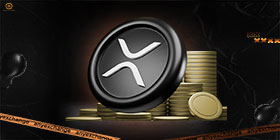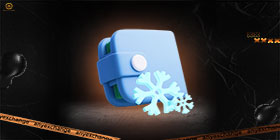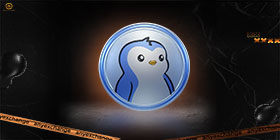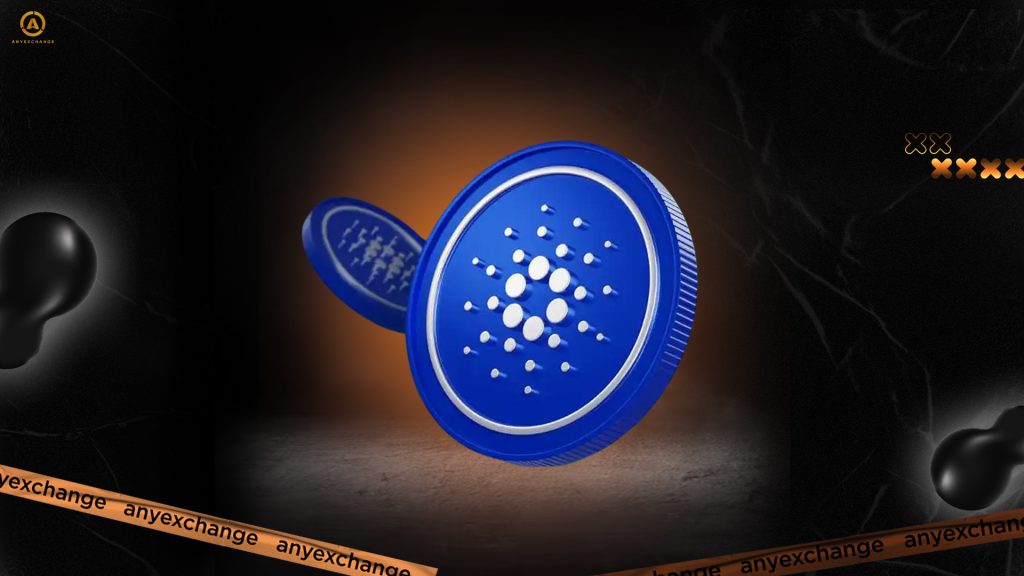
Cardano is a blockchain platform that stands out due to its foundation in deep scientific research and rigorous academic principles. Designed as an alternative to existing industry solutions, Cardano aims to demonstrate that a decentralized network can evolve based on proven knowledge rather than intuition.
Charles Hoskinson, one of the co-founders of Ethereum, leads the project. He left the Ethereum team in search of a more rigorous and formal approach to decentralization. Over seven years ago, Hoskinson founded IOHK and launched Cardano, basing it on peer-reviewed blockchain research, mathematically proven security, and modular architecture. Unlike many competitors, Cardano doesn’t introduce features just for the sake of hype — every feature undergoes an academic validation phase.
In this article, we explore how Cardano’s academic approach is innovating blockchain technology, the uniqueness of its architecture, and the future of the Cardano ecosystem in 2025.
What is Cardano?
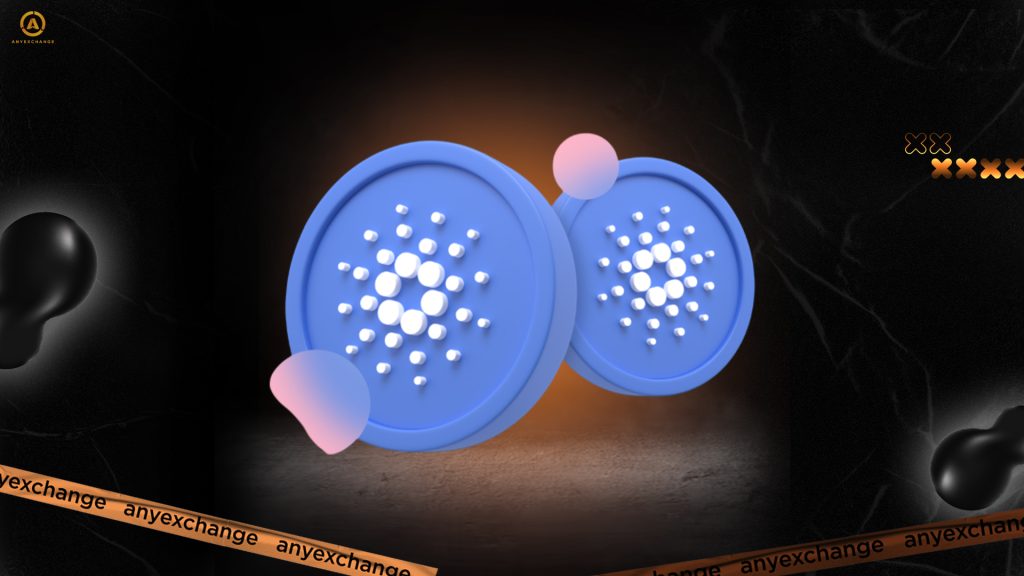
Cardano was officially launched in September 2017 by Input Output Hong Kong (IOHK), a company led by Hoskinson. Cardano’s main feature is that it was developed using a pre-planned scientific model rather than through “trial and error.” Unlike most projects, which often modify the architecture after launch, Cardano was designed with future scalability, decentralization, and security in mind from the ground up. Every component, from the consensus algorithm to the data structure, was designed through formal verification, a method by which the correctness of the code is proven mathematically. This approach minimizes bugs and vulnerabilities during development.
At the center of the ecosystem is the ADA cryptocurrency, named after Ada Lovelace, one of the first female programmers in history. The ADA token serves several key functions: it is used to pay transaction fees, participate in staking, and vote in the governance systеm. Thanks to the Proof-of-Stake mechanism, the Cardano network does not require energy-intensive mining, making it an example of a green blockchain.
Cardano and its ADA token hold a stable place among the top 10 cryptocurrencies. As of this writing, ADA has a market capitalization of approximately $27.14 billion, ranking it 9th overall according to CoinMarketCap.
The active Cardano blockchain community includes developers, researchers, students, investors, and enthusiasts from around the world. Cardano has established itself as one of the most stable and scientifically sound projects in the crypto industry.
Cardano’s Scientific Approach
Any new feature or architectural solution undergoes rigorous validation through peer-reviewed articles and academic research as part of Cardano’s scientific approach to development. To date, Cardano has published more than 100 academic papers exploring topics such as consensus, security, programming languages, and formal models.
At the heart of the blockchain is the Ouroboros protocol, the world’s first Proof-of-Stake algorithm proven to be secure. Developed in collaboration with world-leading universities, including Edinburgh and Tokyo, Ouroboros continues to evolve from Ouroboros Classic to the recently announced Ouroboros Leios. This protocol has been the foundation for the widespread adoption of ADA staking, which provides rewards to users who support the network.
Cardano is unique because of its formal code verification, active use of functional programming languages such as Haskell and Plutus, which allow for the formal description of the logic behind blockchain and smart contracts. These languages reduce the likelihood of bugs and vulnerabilities through strict typing and mathematically verifiable logic. Cardano is also unique because of its transparency in research.
Three organizations simultaneously ensure the viability and development of the Cardano ecosystem, each with their own functions: IOHK handles technical implementation and academic research; Emurgo ensures the commercial implementation of solutions; and the Cardano Foundation is responsible for promotion, partnerships, and ensuring that the project complies with applicable regulations. This division of authority contributes to the sustainable development of the entire Cardano ecosystem.
Technical features and scalability
The Cardano blockchain is built on a solid technical foundation that combines academic research with practical scalability. At the center of this architecture is the Ouroboros protocol, the first provably secure implementation of Proof-of-Stake. This protocol formed the basis of the current version, Ouroboros Praos. This modification provides a throughput of 50 to 250 transactions per second (TPS) while minimizing power consumption.
The Cardano blockchain architecture is divided into two layers. The Cardano Settlement Layer (CSL) conducts transactions and manages tokens. The Cardano Computation Layer (CCL) enables the execution of smart contracts and the development of Web3 applications. The second-layer solution, Hydra Layer 2, has the potential to process up to one million transactions per second (TPS) by implementing a model in which each staking pool acts as a separate transaction processor. This reduces the load on the core layer and scales the network horizontally without sacrificing decentralization.
The Plutus and Marlowe programming languages enable developers to create complex logic and financial instruments with formal verification. Plutus is intended for professional developers, while Marlowe is designed for creating specialized financial contracts without requiring in-depth programming knowledge.
Cardano strictly adheres to a roadmap for its technical development. By May 2025, the blockchain will be in the Basho phase, which focuses on Cardano’s scalability and includes sidechain operations and network performance optimization. A key element of this phase is implementing the Ouroboros Leios protocol, which will significantly increase network throughput and potentially surpass Solana’s 3,000 TPS performance. In parallel, the implementation of the Voltaire phase continues. This phase aims to realize more complete decentralized management, which would give the network full autonomy without dependence on central developers.
Cardano ecosystem: DeFi, NFTs, and DApps
The Cardano ecosystem is rapidly expanding to cover key segments of the crypto industry. DeFi, NFTs, and DApps. Following the Alonzo hardfork in 2021, which opened access to smart contracts, the platform became a full-fledged environment for creating decentralized applications and financial services.
In the DeFi sector, Cardano-based protocols such as SundaeSwap, Minswap, Liqwid Finance, and Indigo Protocol are being developed. They are characterized by low commissions and a high level of security, which is provided by the built-in verification of smart contracts written in the Plutus language. Staking is an important part of the decentralization mechanism and an effective way for users to generate passive income. More than 70% of the total ADA volume is in staking. This is a record high among PoS networks and ensures both security and the democratization of the management process.
The Cardano NFT sector is also gaining momentum. The marketplaces CNFT and JPG Store have become centers of NFT commerce, and projects such as Clay Nation and SpaceBudz have solidified their status as cult collections. Cardano’s NFTs are characterized by low transaction costs, high processing speeds, and the elimination of the need for third-party solutions. These features attract artists, collectors, and gamers to the blockchain ecosystem.
Notable Cardano DApps inсlude products in the areas of digital identity, education, and telecommunications. One example is Atala PRISM, a self-managed identity solution used in Ethiopia’s educational systems.
Cardano’s advantages for decentralization
One of the key principles underlying Cardano’s ideology and technology is maximum decentralization. Unlike many competitors, Cardano’s decentralization is not just a marketing slogan; it is the result of well-thought-out architecture and a sustainable staking mechanism.
- The network is supported by over 3,000 stake pools, none of which dominates the others. This structure mitigates centralization risks and enhances the network’s overall stability.
- Cardano offers extremely low fees — averaging about $0.1 per transaction — which allows Web3 applications and Cardano DApps to be launched with minimal barriers to entry, particularly in developing countries.
- ADA staking is available to any user, even those with a small number of tokens. Users do not need a blockchain and have the possibility of being rewarded simply for participating in maintaining the network.
- Moving to the Voltaire stage will introduce a fully decentralized governance mechanism. Participants in the ecosystem will be able to vote on protocol changes, propose new initiatives, and distribute funding for projects through a treasury systеm.
Cardano Challenges and Risks
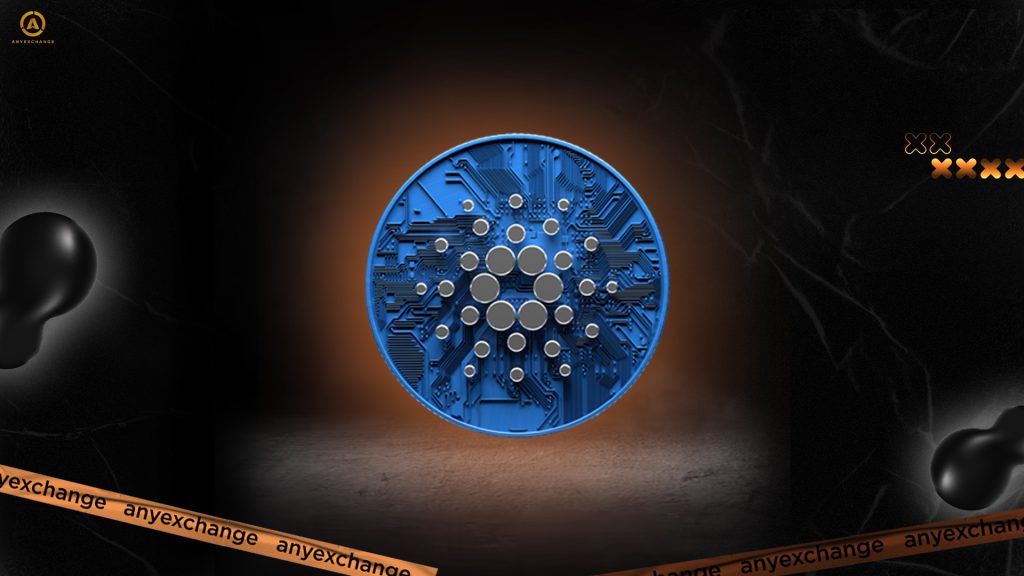
Despite its unique scientific approach and innovative architecture, Cardano faces challenges that constrain its growth and market perception. One of the most discussed factors is slow development. Cardano is often criticized for having “inflated expectations.” Skeptics point to the disparity between the scale of announcements and the actual speed of adoption. However, the team adheres to strict academic discipline; every updаte undergoes stages of peer review, formal verification, and testing. While this makes the platform more secure, it also slows down the introduction of new features, especially compared to more agile competitors. Cardano’s competitors inсlude powerful platforms like Ethereum, Solana, BNB Chain, and Polkadot, which have more mature and saturated ecosystems. Although ADA is consistently in the top 10 in terms of market capitalization, Cardano lags behind in terms of total value locked (TVL) in decentralized finance (DeFi). As of 2025, Cardano’s TVL ranges from $400 to $500 million, whereas Ethereum has over $50 billion and BNB Chain has $7 billion.
Cardano’s Future in 2025
A key expectation is the large-scale implementation of Hydra Layer-2, which could enable Cardano to process up to one million transactions per second. Another important step is the complete implementation of the Voltaire phase, which aims to create a decentralized governance mechanism.
Cardano’s network of partnerships continues to grow, particularly in Africa. Projects such as World Mobile and Atala PRISM are being implemented to provide telecommunications and digital identity solutions to remote regions. There is also discussion about possible integration with CBDC programs in developing countries, which would pave the way for institutional investment and public acceptance.
Conclusion
Cardano continues to grow steadily, backed by its unique scientific approach and focus on sustainable decentralization. From its launch in 2017 to its current updates, the project has demonstrated systematic and consistent growth, backed by over a hundred peer-reviewed studies.
Despite the challenges, the Cardano ecosystem has significant potential and remains one of the most mature in the industry. Investors and enthusiasts should closely follow the ADA cryptocurrency and new projects emerging on the Cardano network.
Thank you for your attention. Invest safely and profitably!
AnyExchange is an exchanger through which you can convert popular cryptocurrencies at the most favorable rate, as well as make fast and safe money transfers worldwide.
FAQ
What is Cardano?
It is a blockchain that was developed using scientific methods and formal verification. It uses the Ouroboros protocol, which is the first provably secure implementation of Proof-of-Stake.
Why is Cardano environmentally friendly?
Cardano consumes thousands of times less energy than Proof-of-Work (PoW) blockchains thanks to its energy-efficient Proof-of-Stake (PoS) mechanism.
Which projects are running on Cardano?
Projects such as SundaeSwap, Minswap, World Mobile, Atala PRISM, and the NFT marketplaces JPG Store and CNFT.io are being developed within the Cardano ecosystem.
How do I stake ADA?
To participate, sеlect a staking pool via a wallet, such as Daedalus or Yoroi, and delegate your tokens. This lets you earn rewards without relinquishing control of your coins.
What are Cardano’s prospects for 2025?
Voltaire is expected to be realized, Hydra is expected to launch, and DeFi is expected to expand its presence. Additionally, ADA is expected to strengthen its position among the top 10 cryptocurrencies. Forecasts indicate growth in market capitalization and a strengthening of the project’s role in the Web3 sector.


